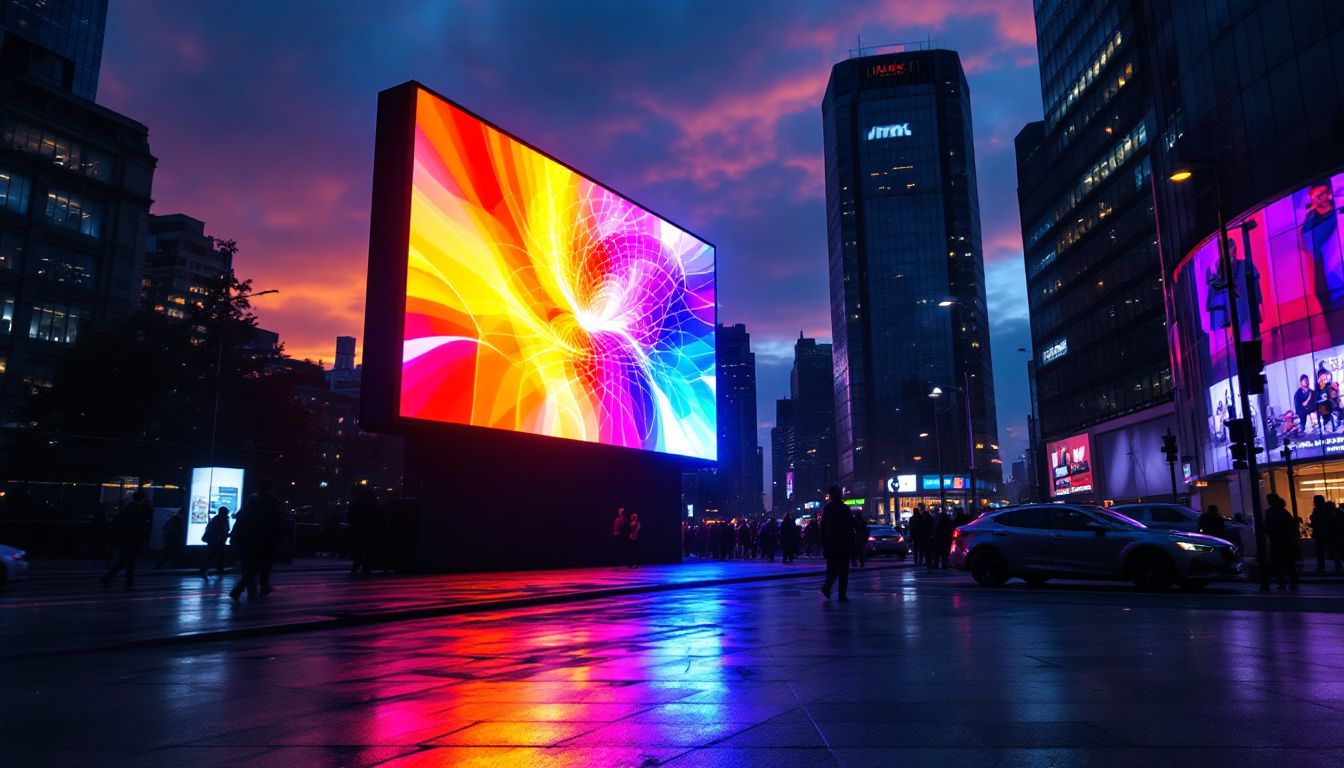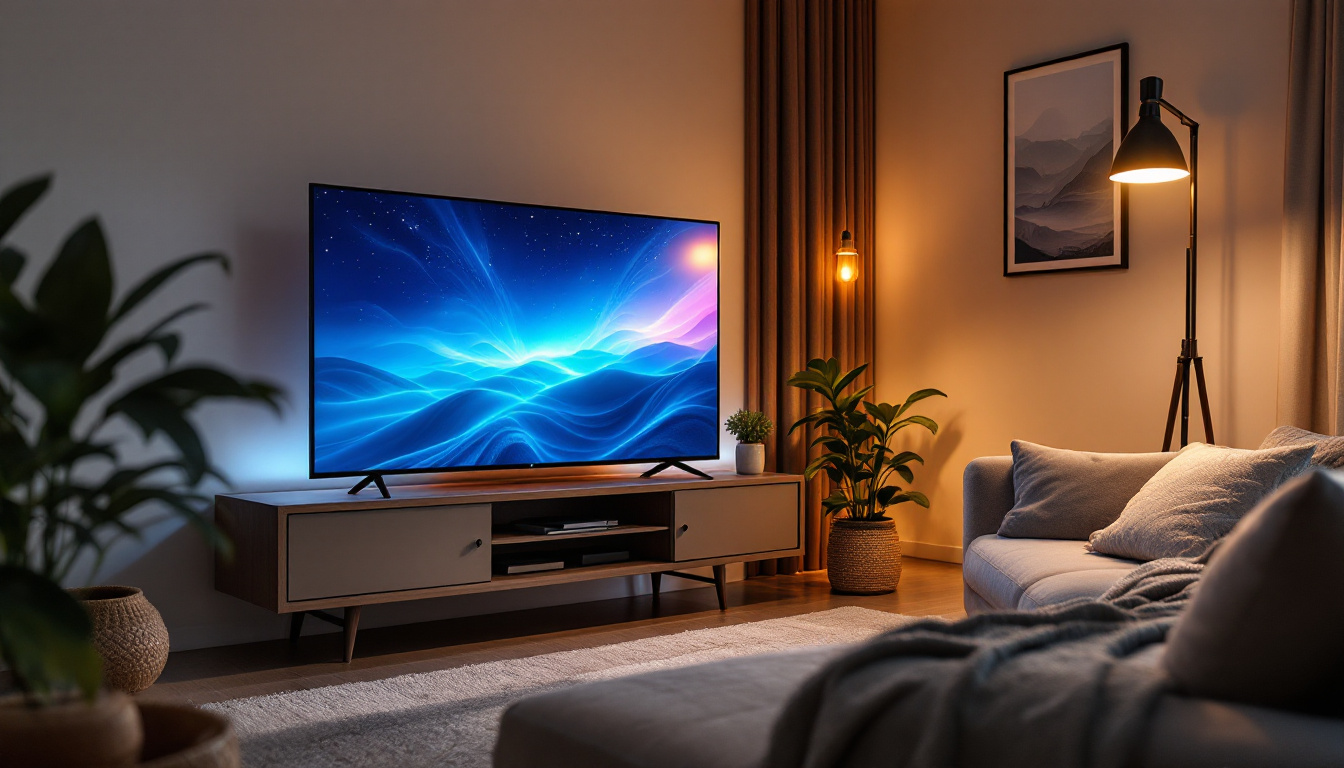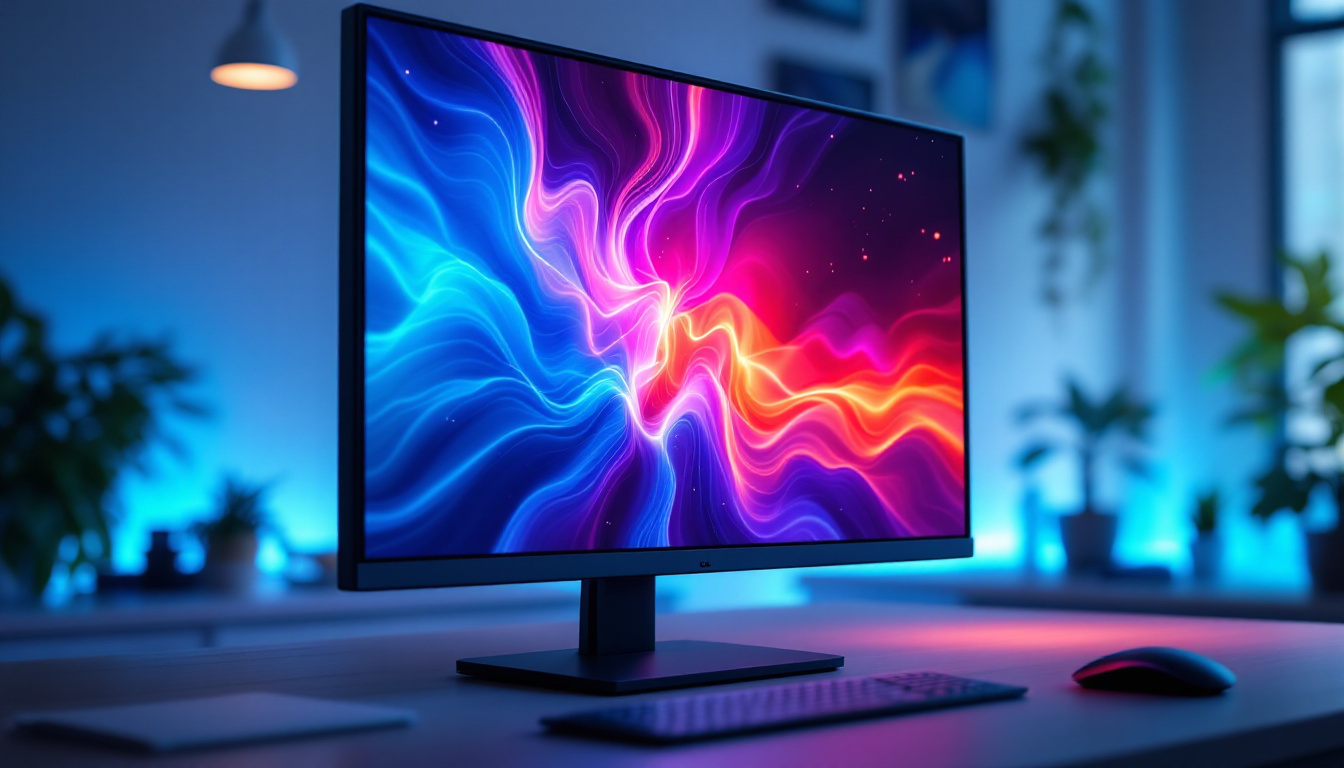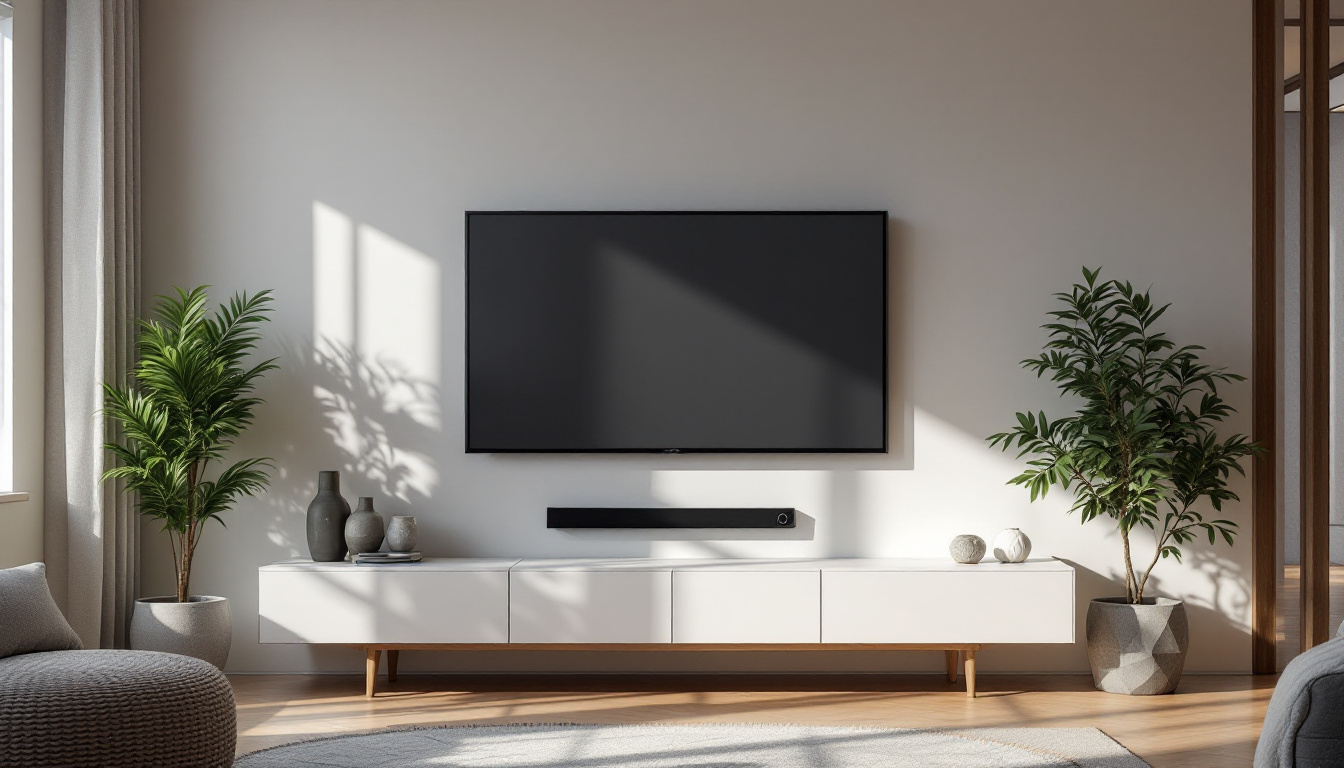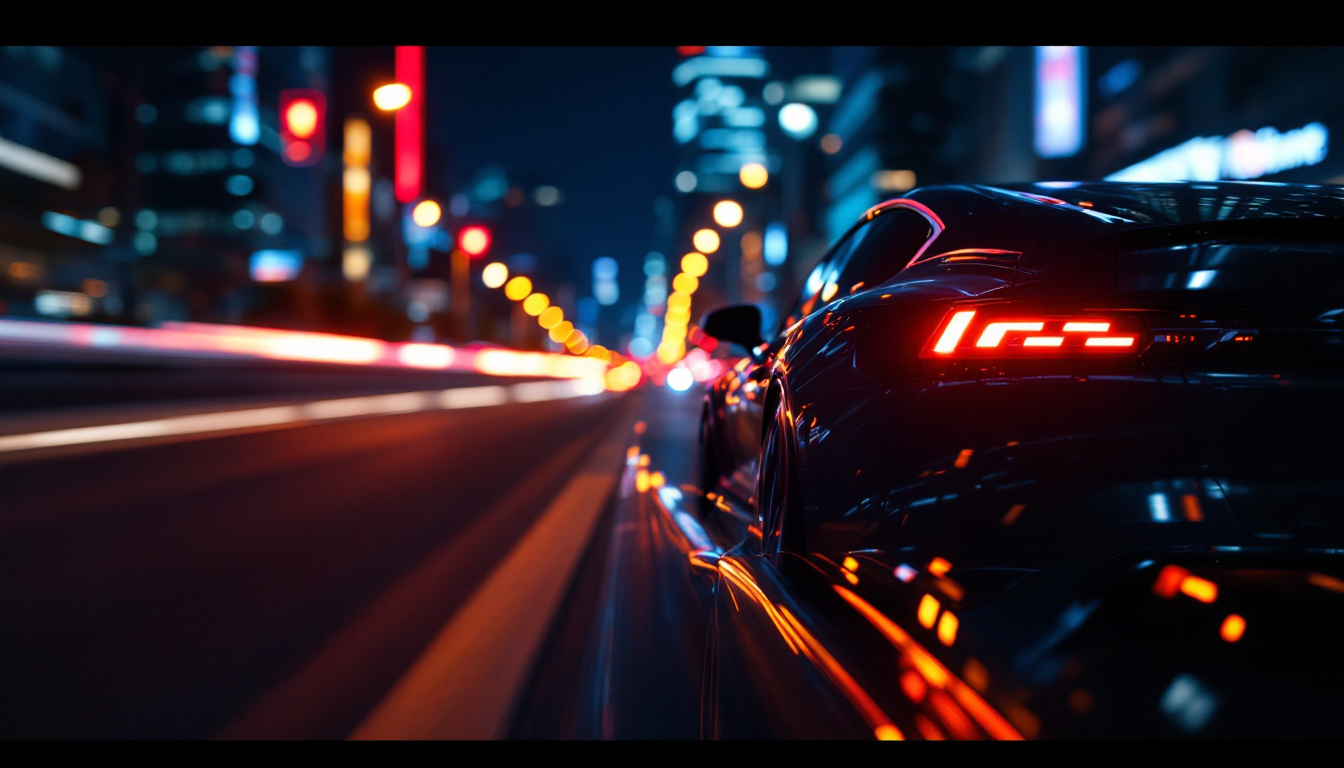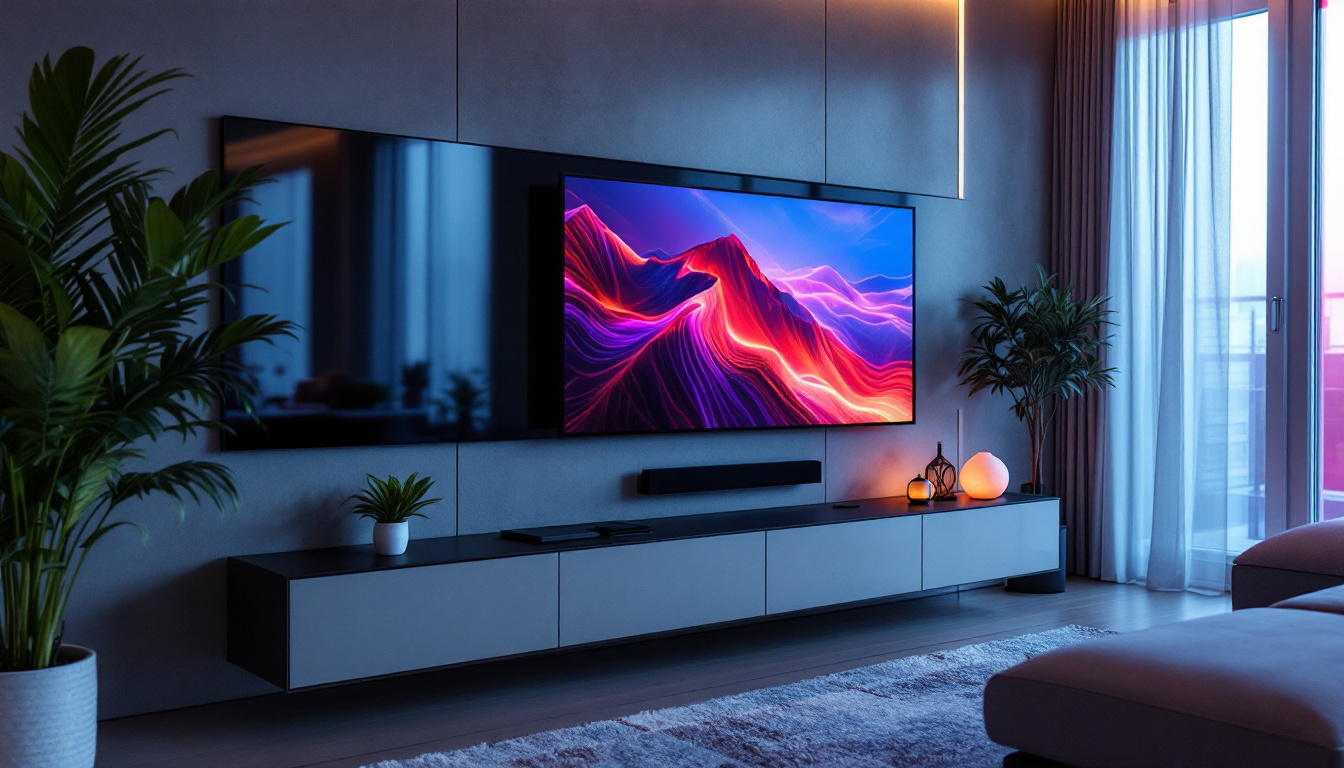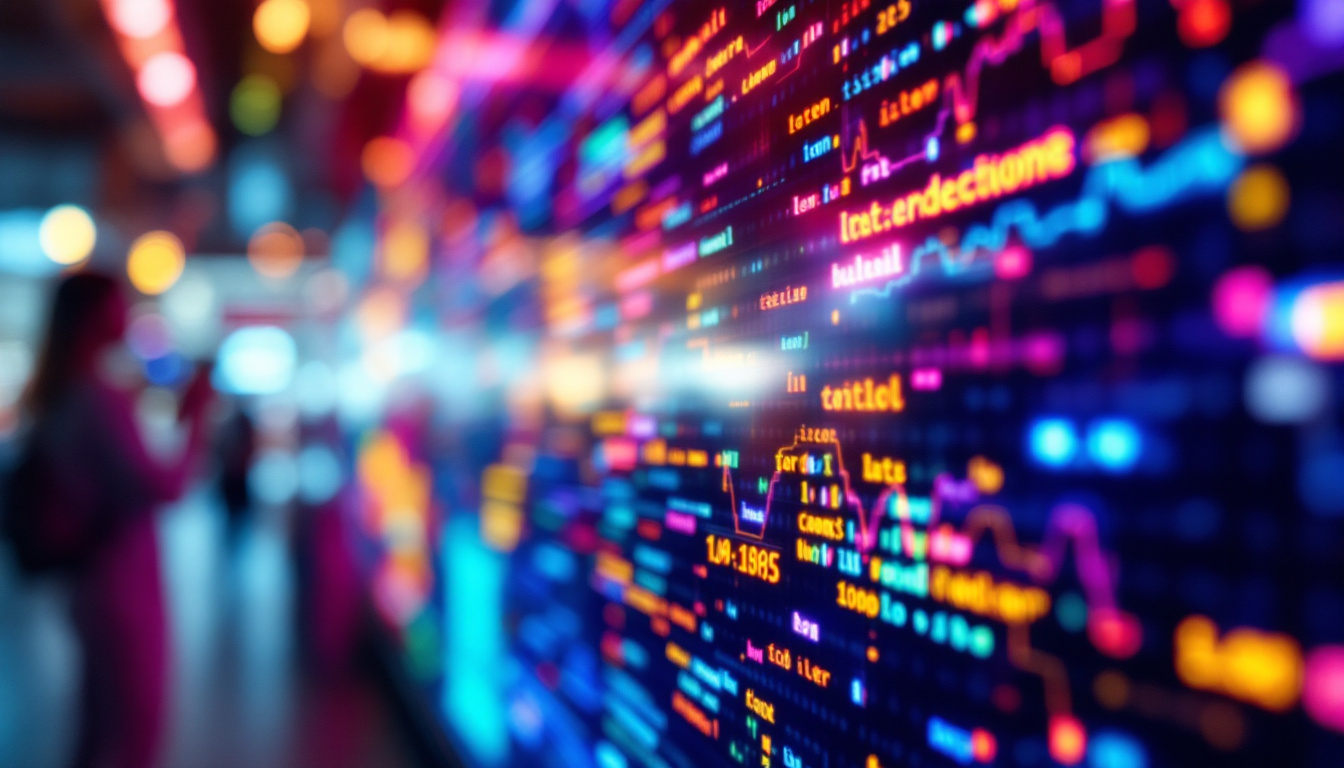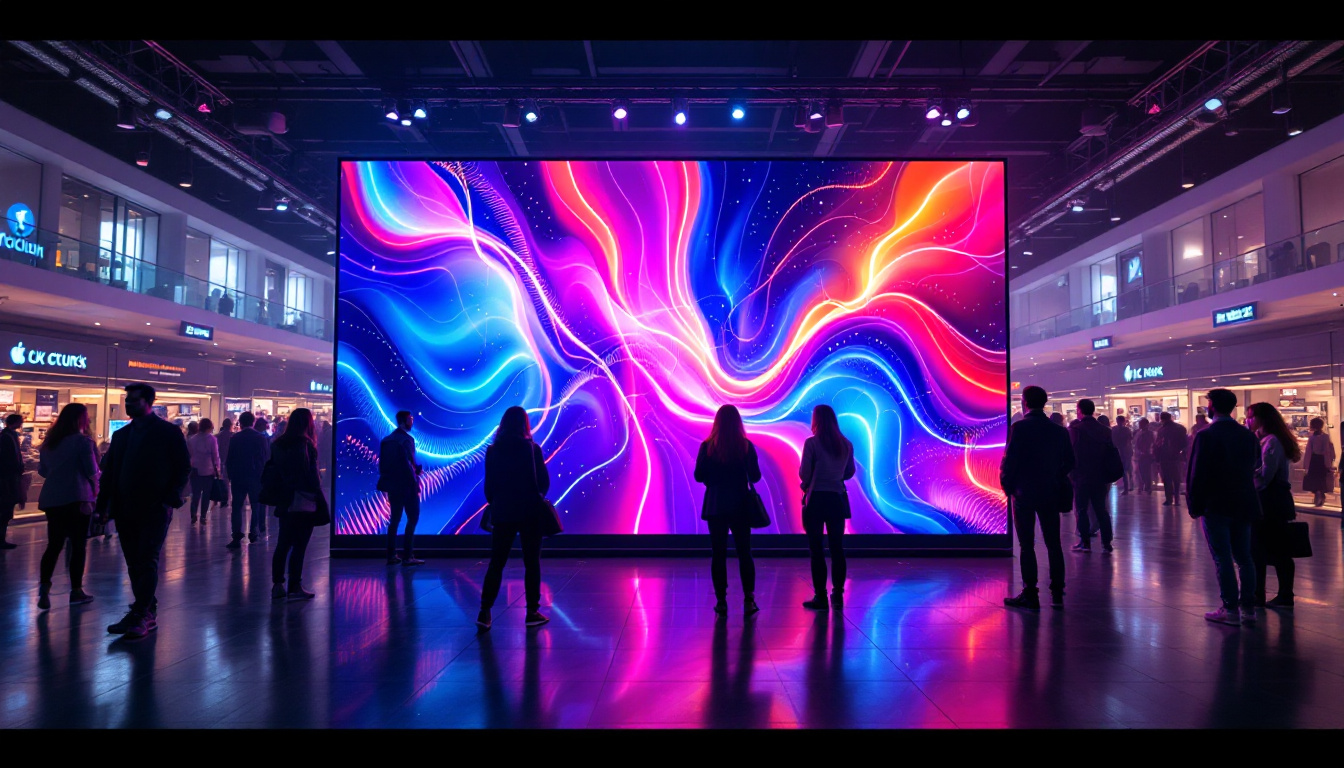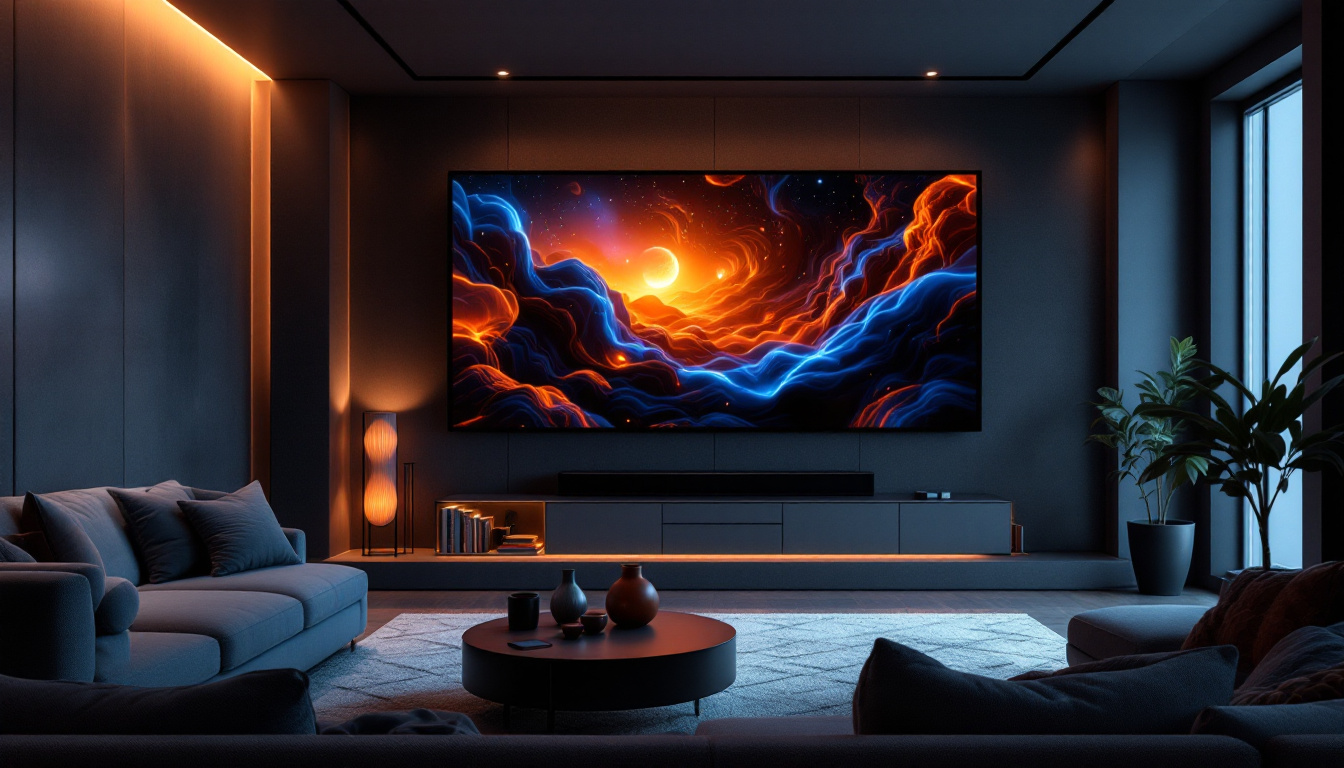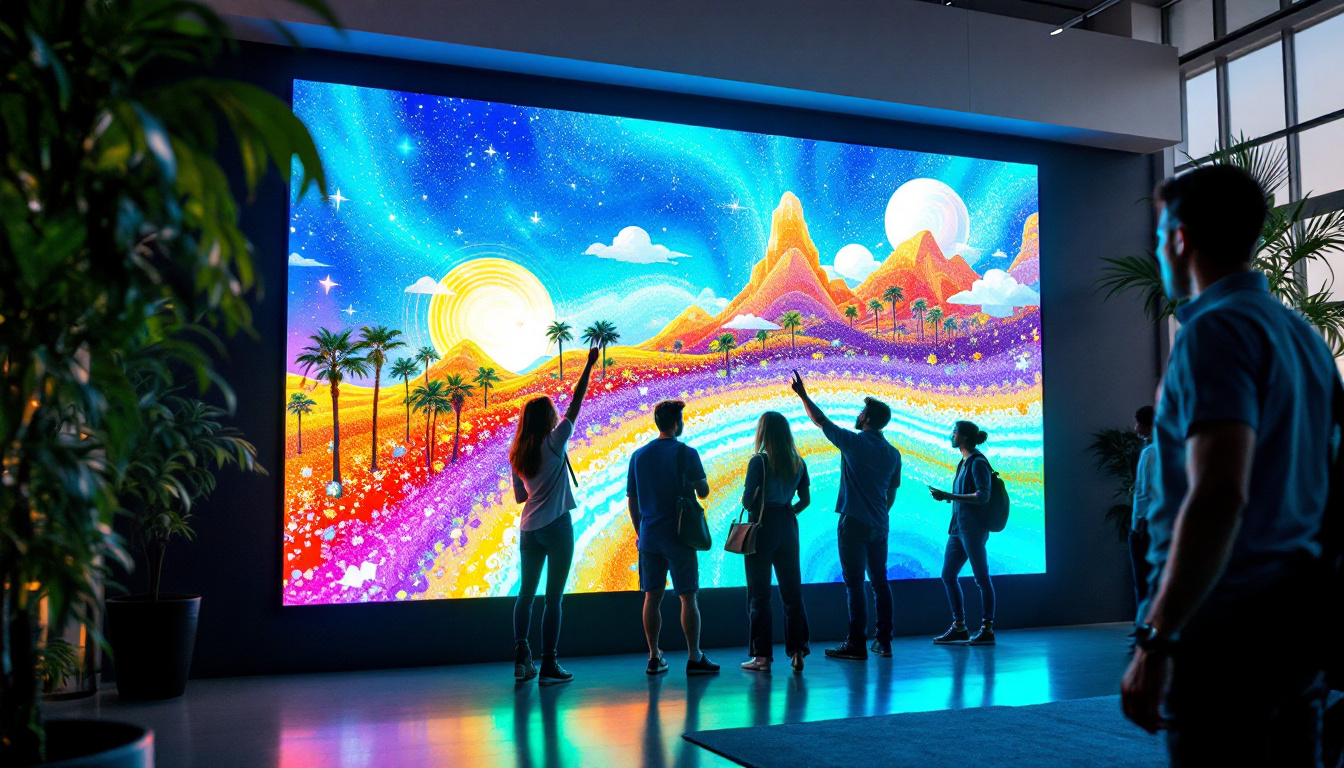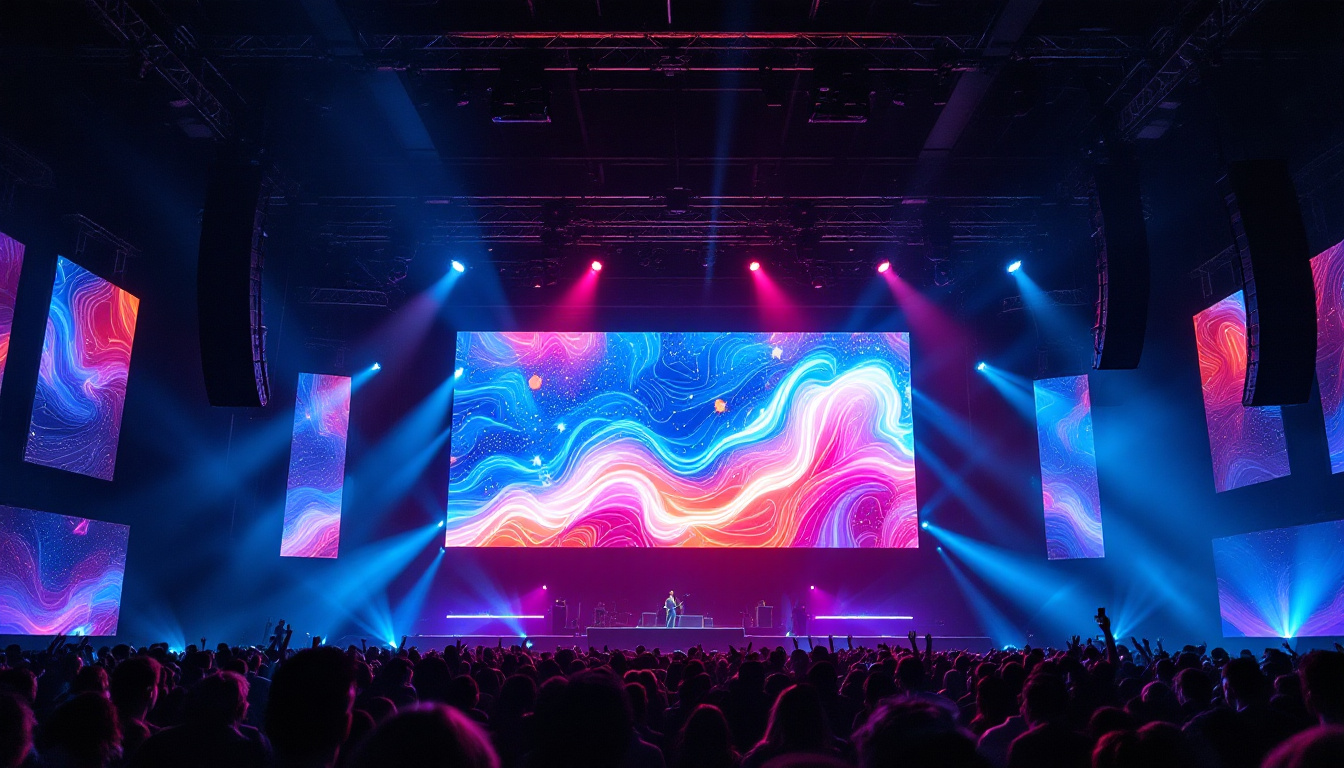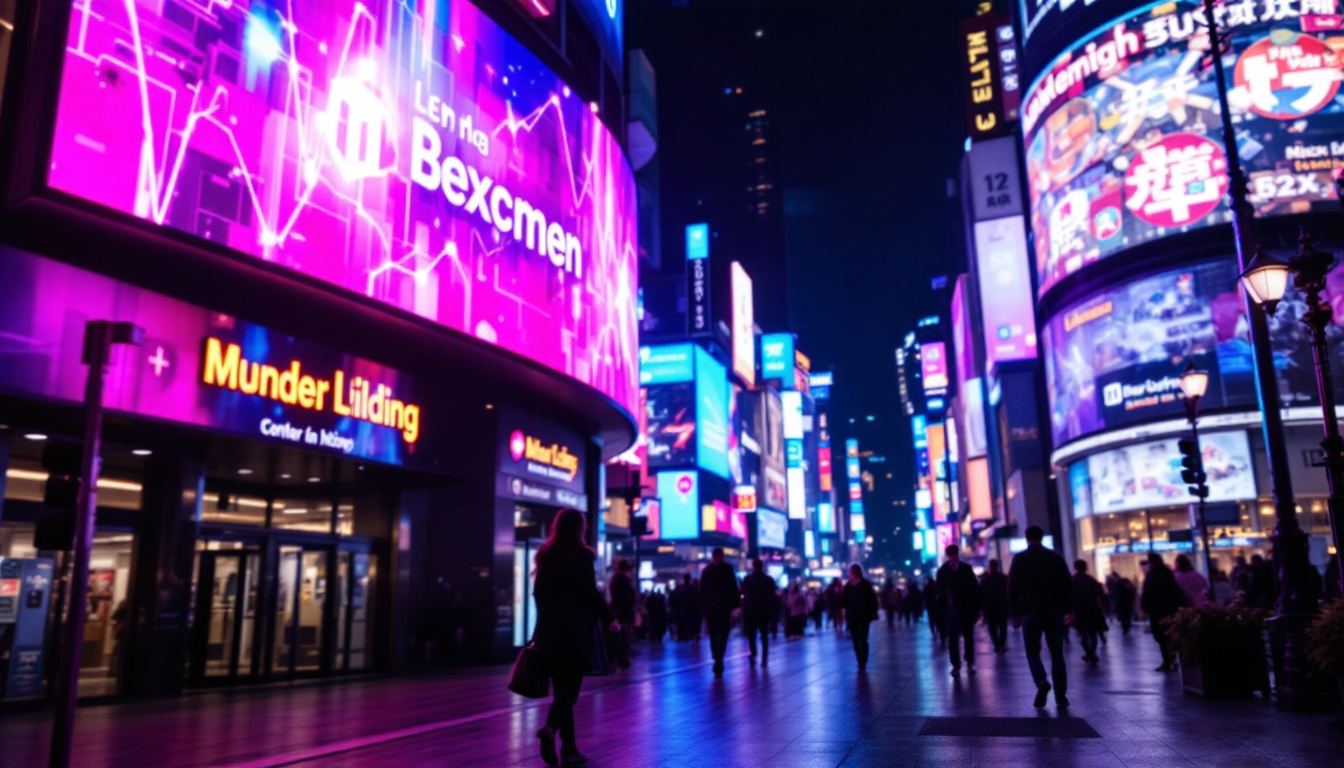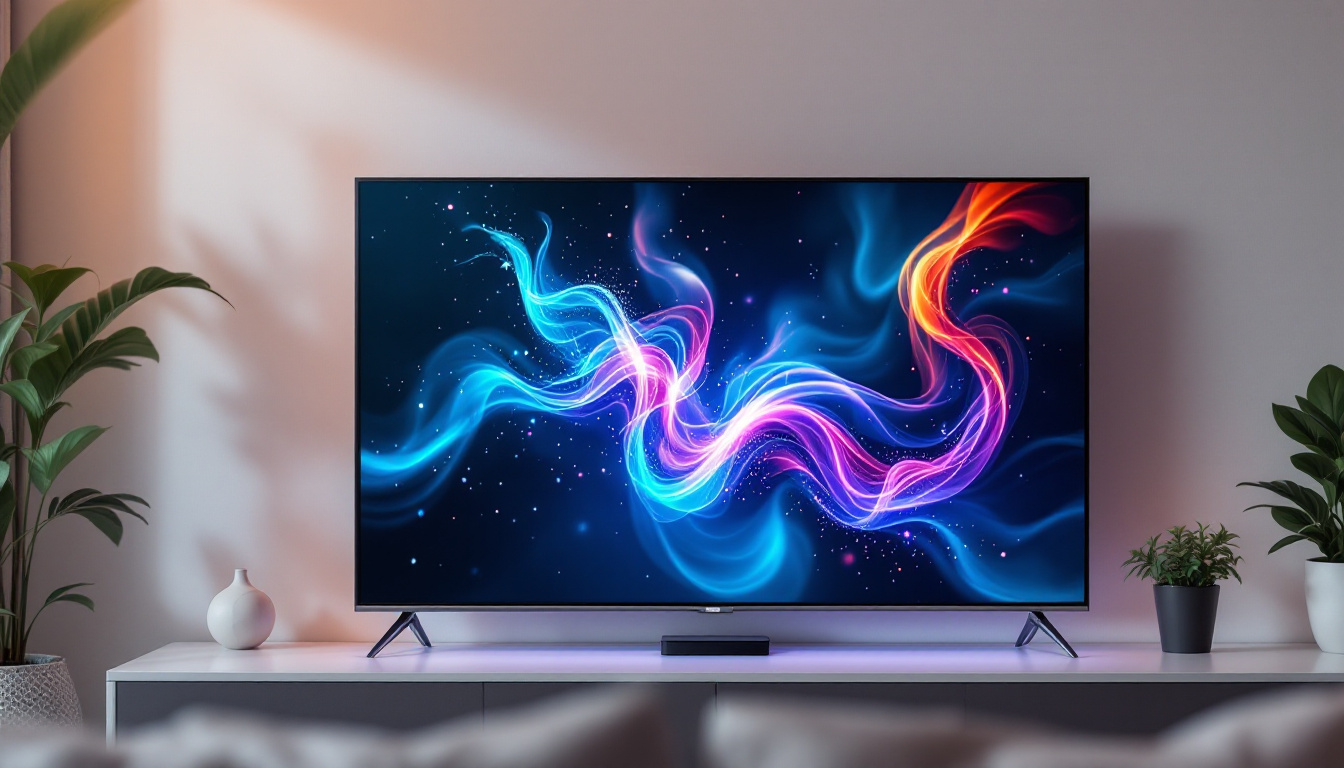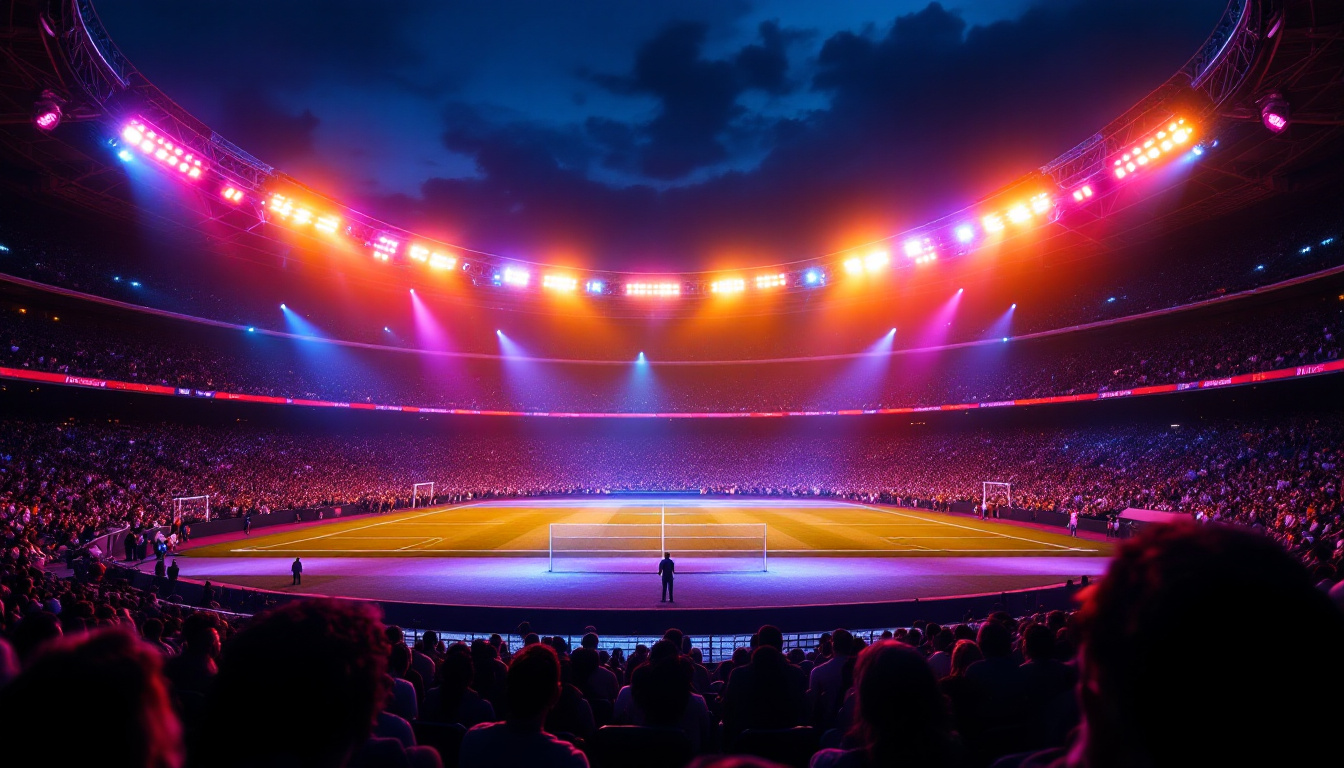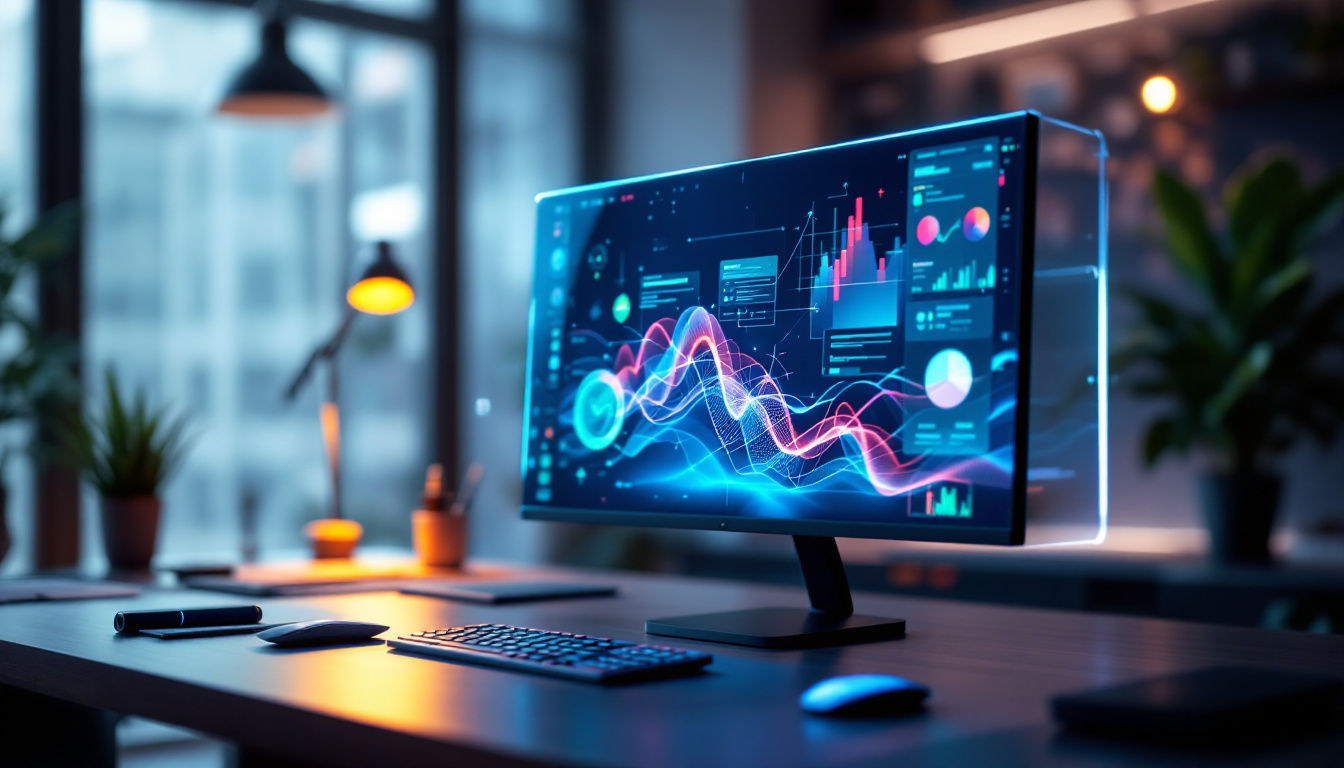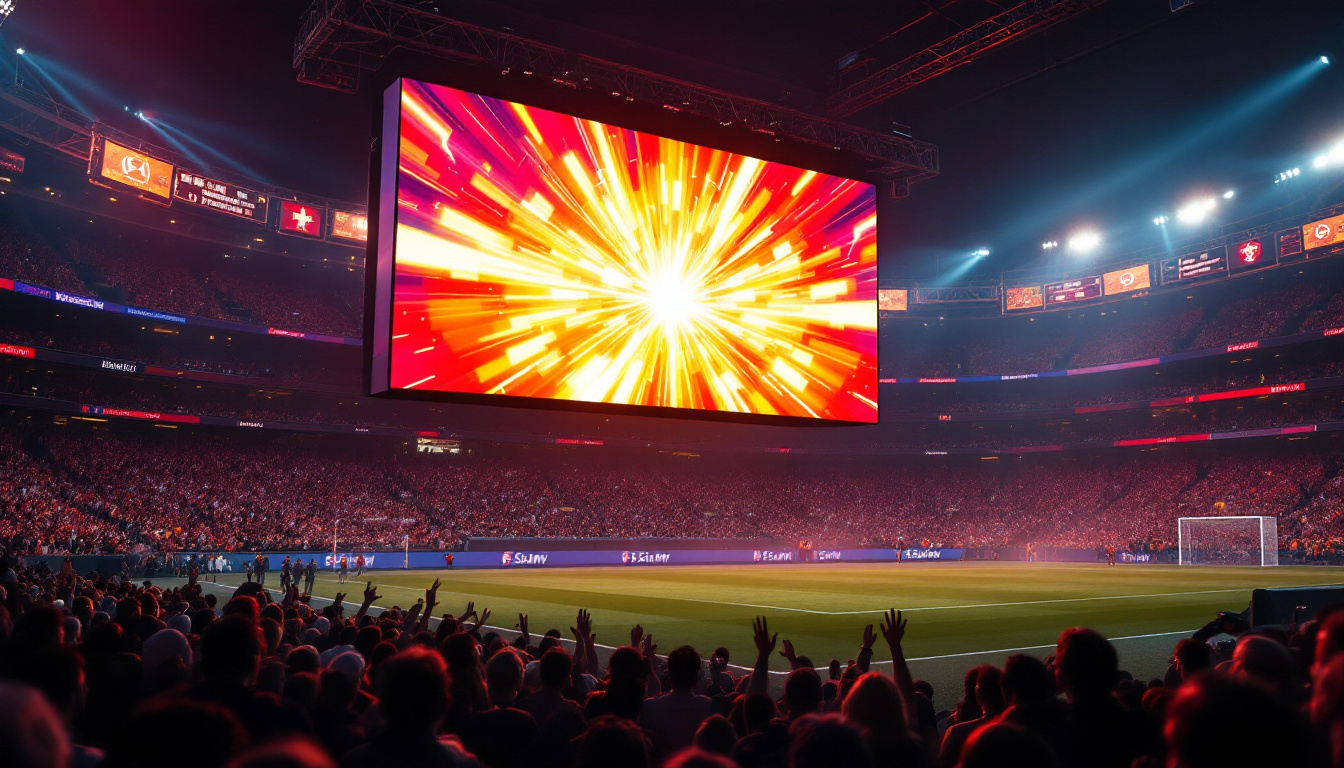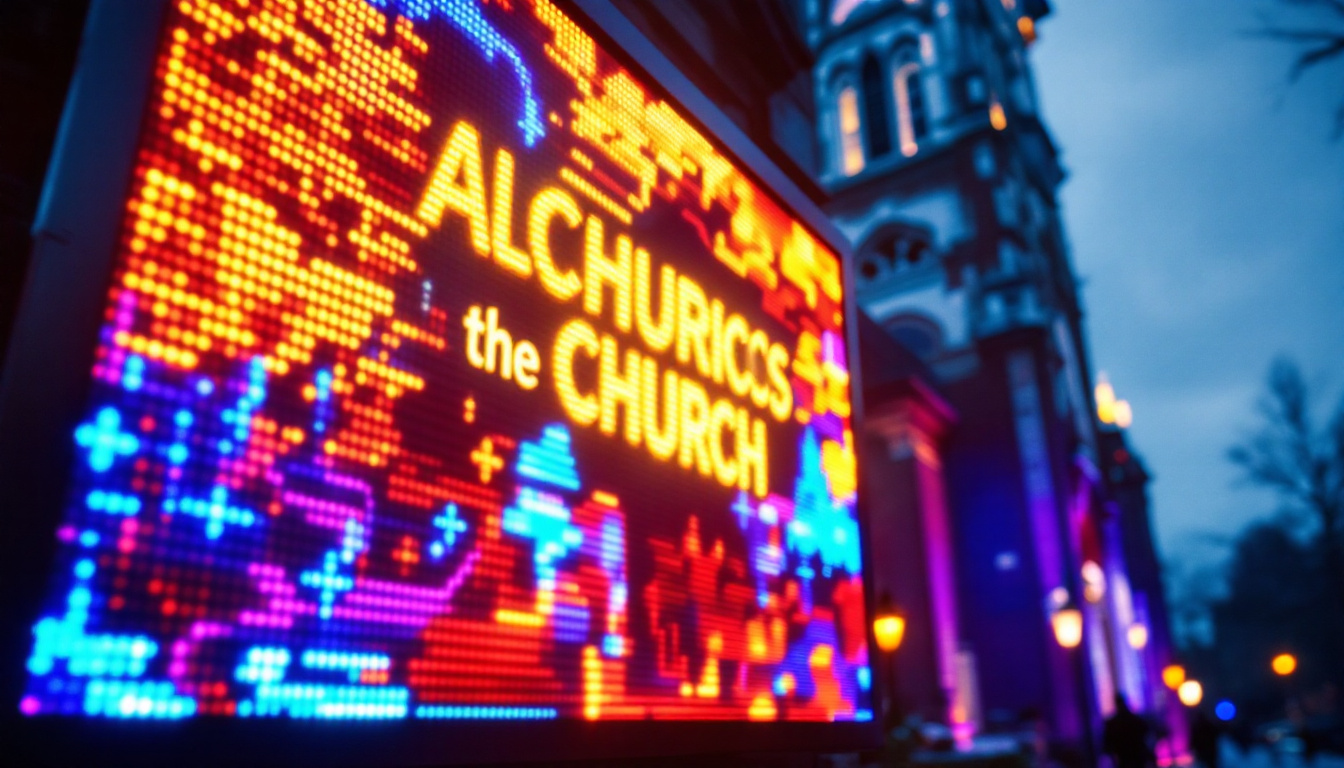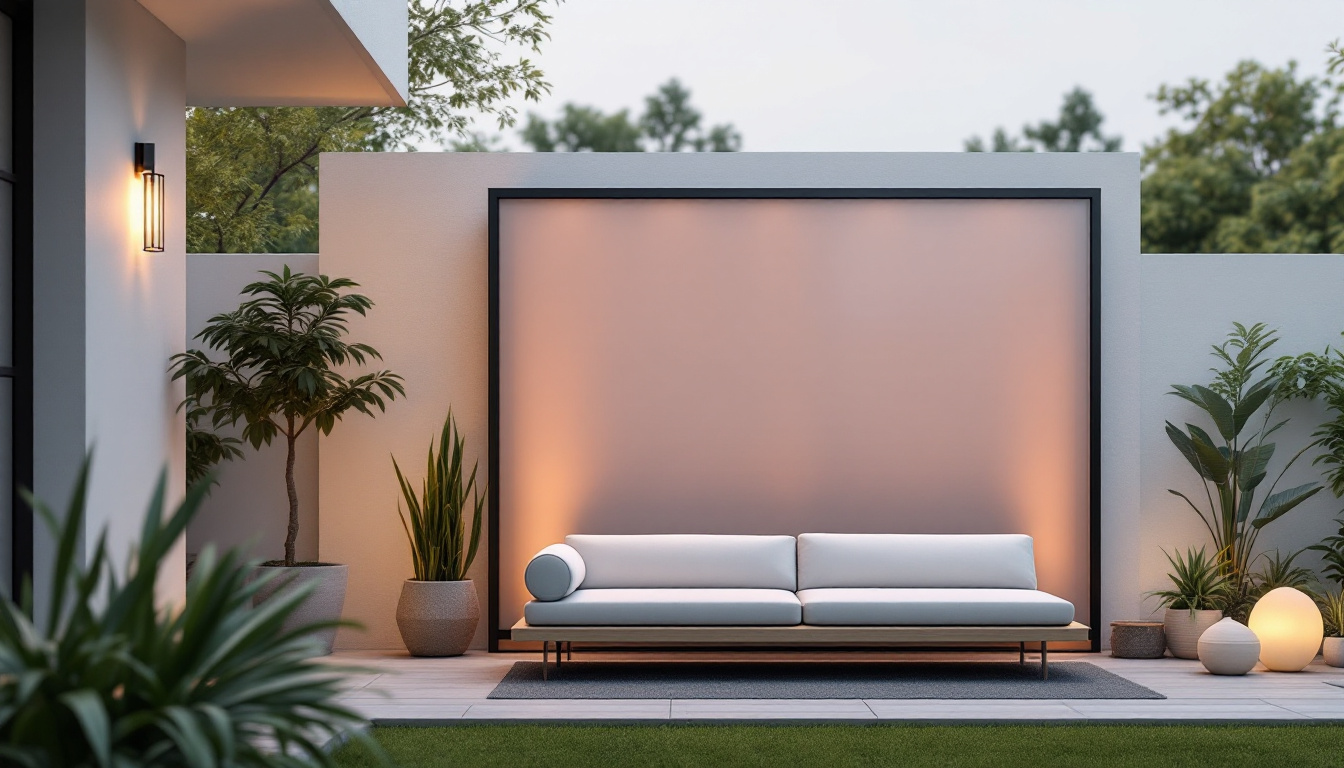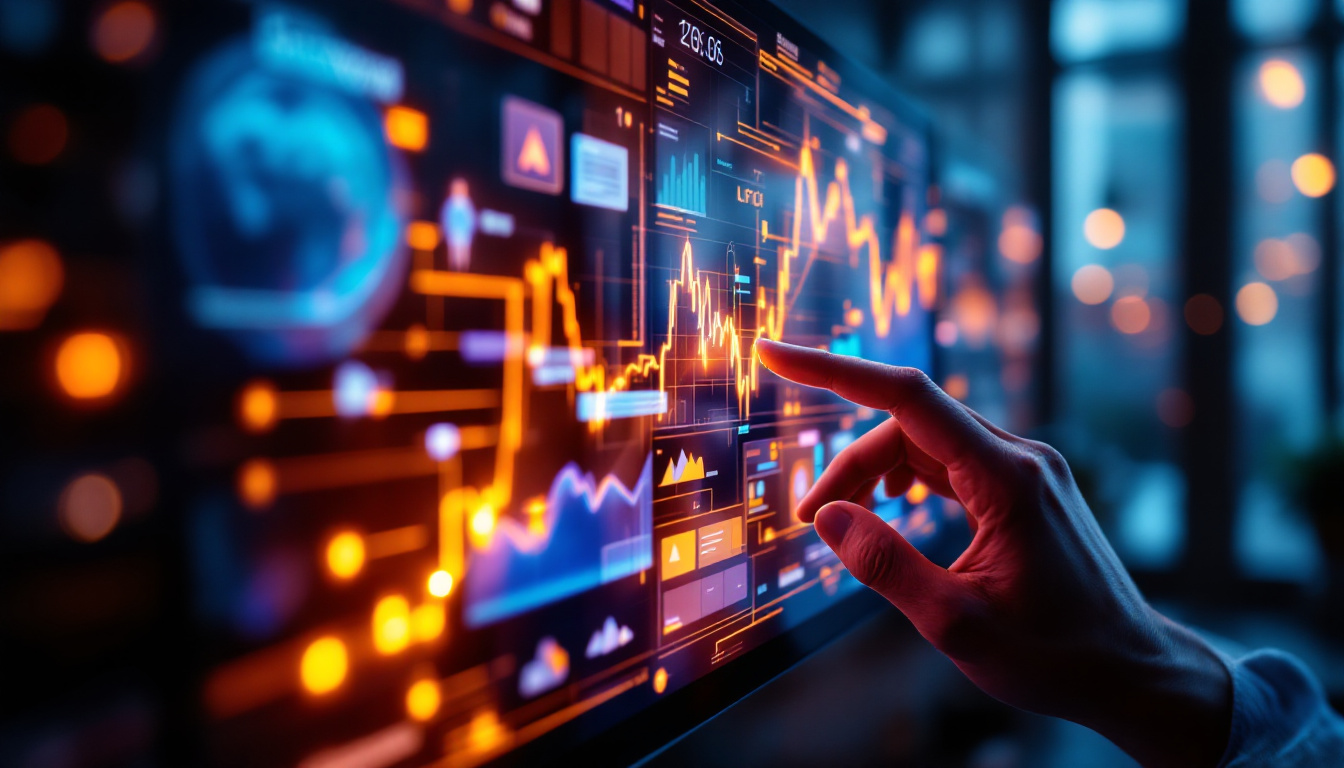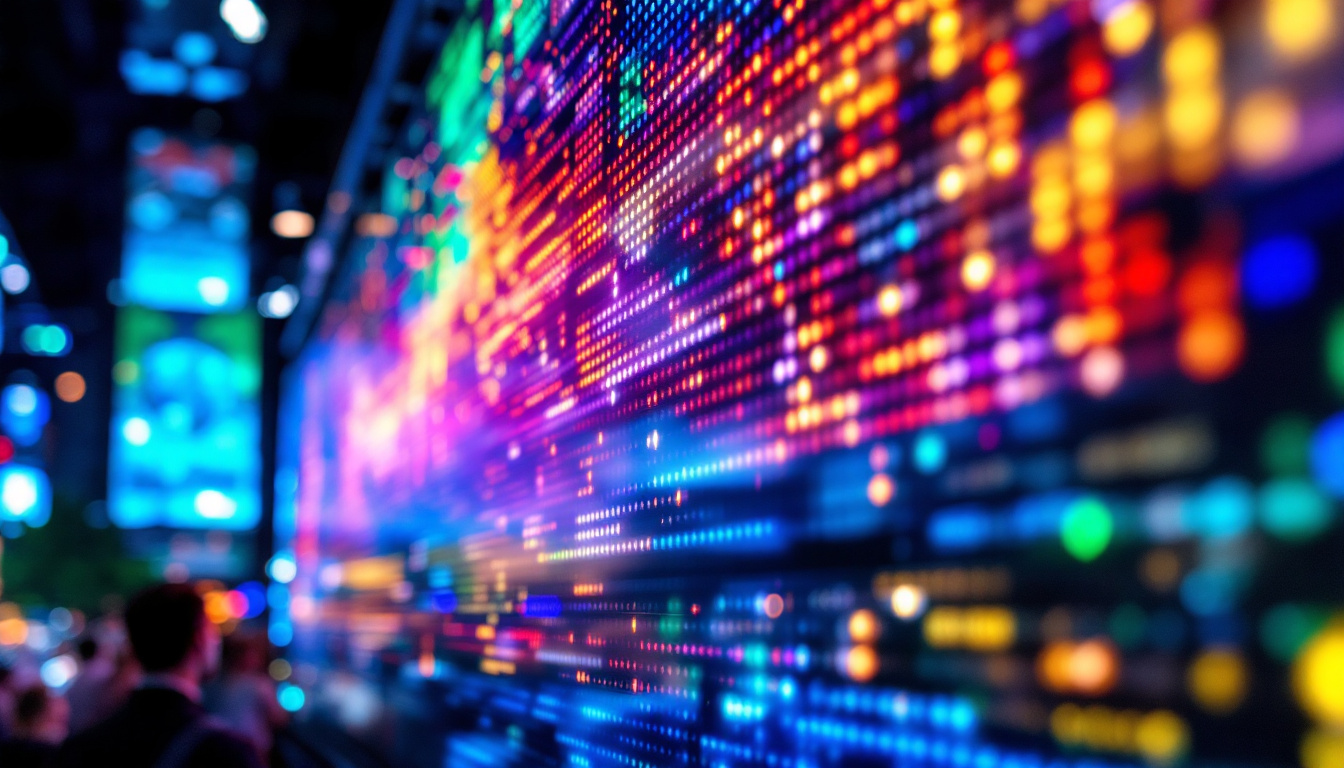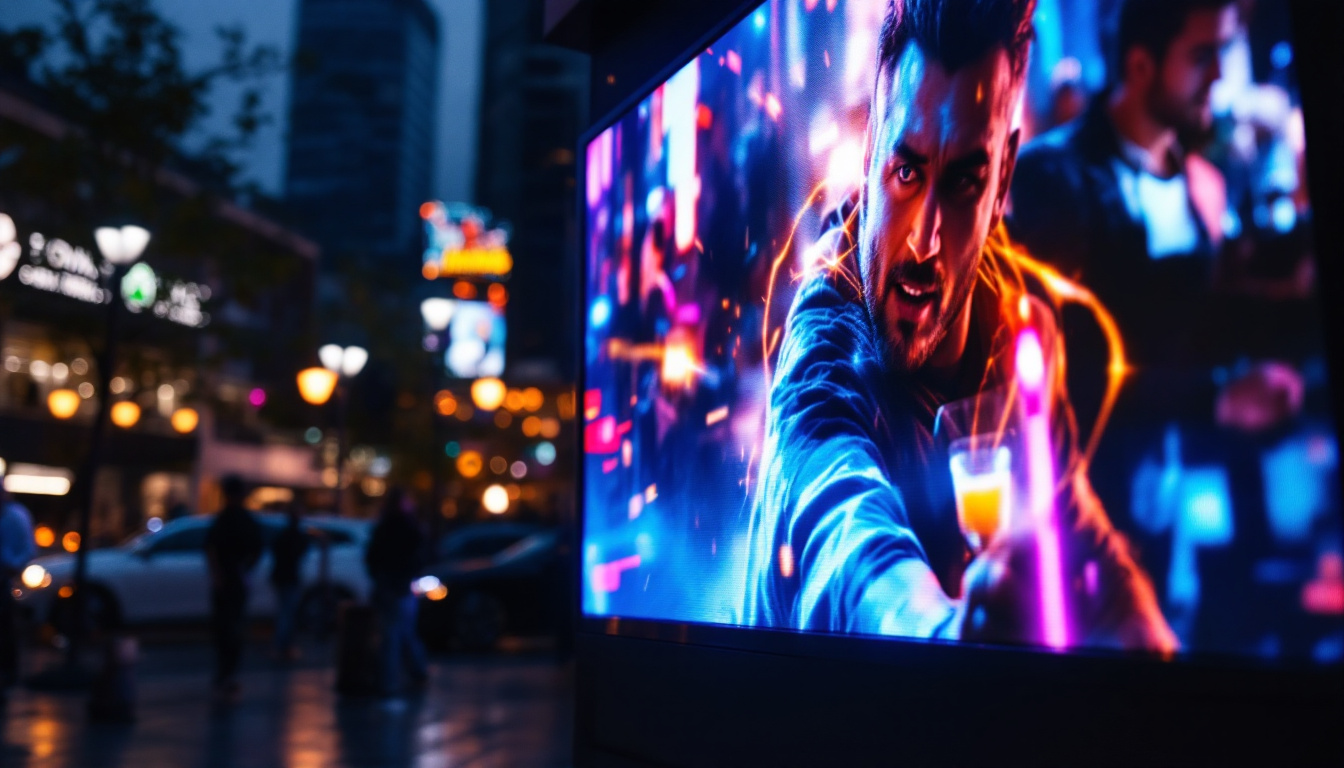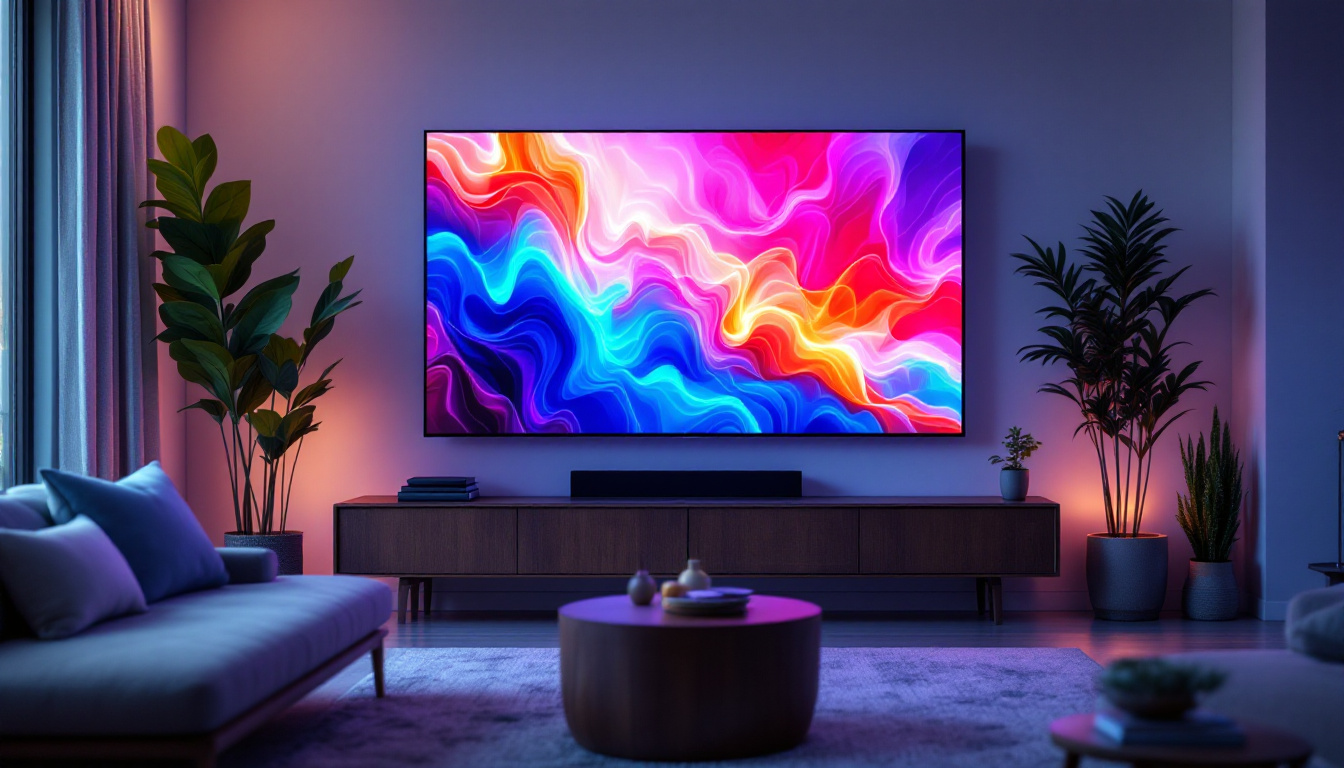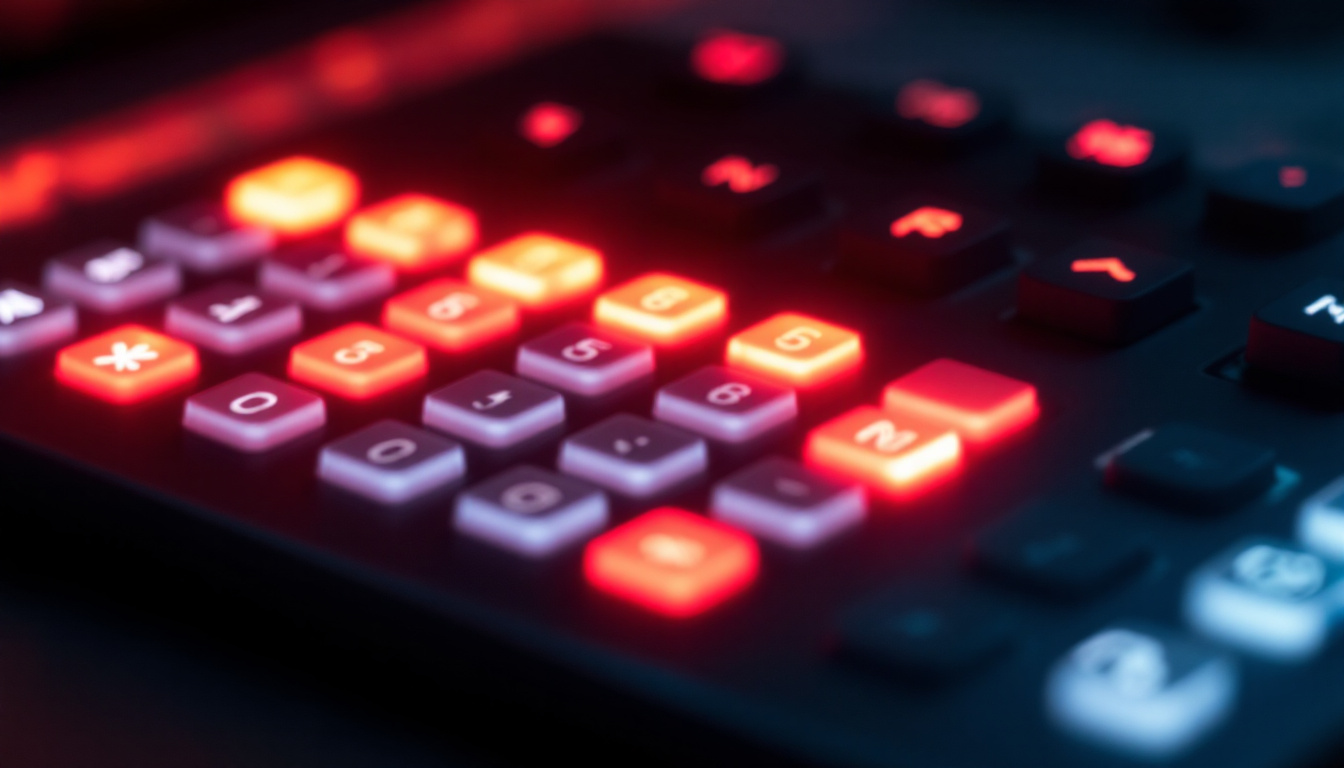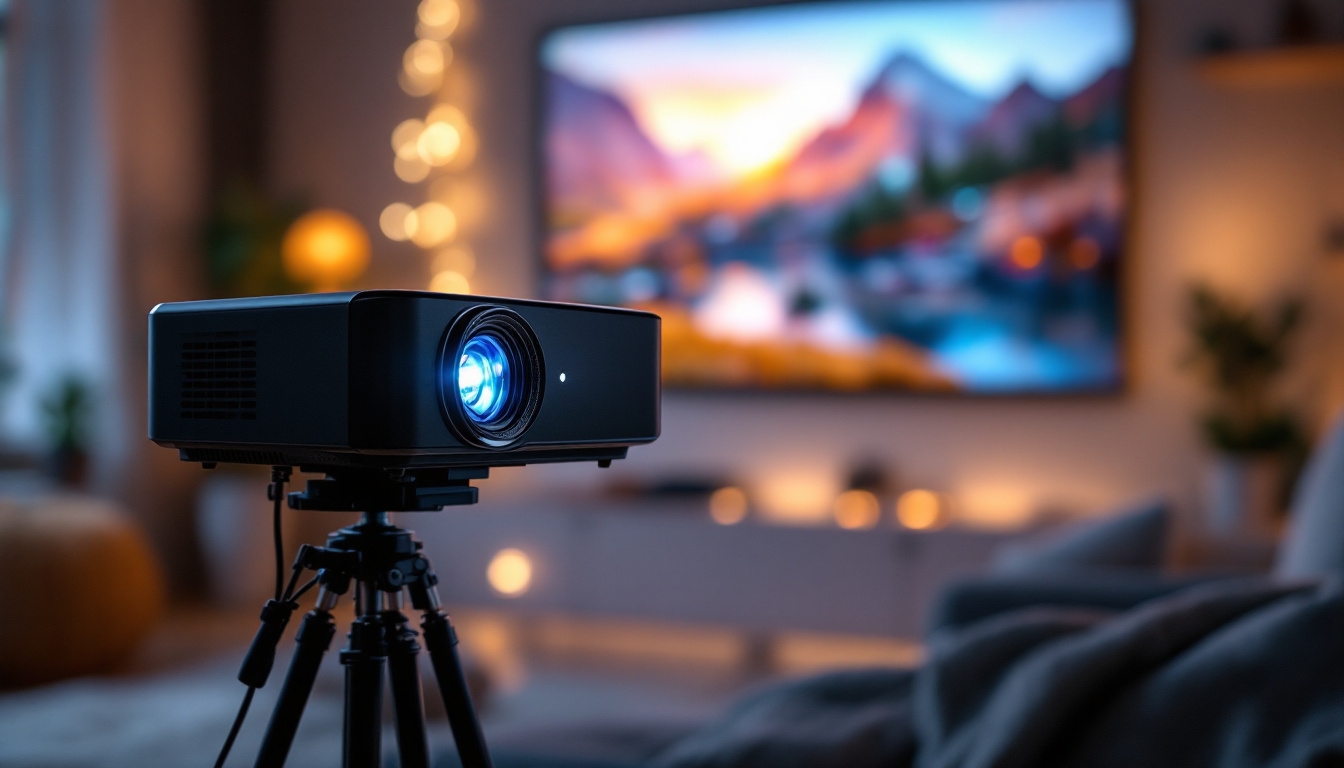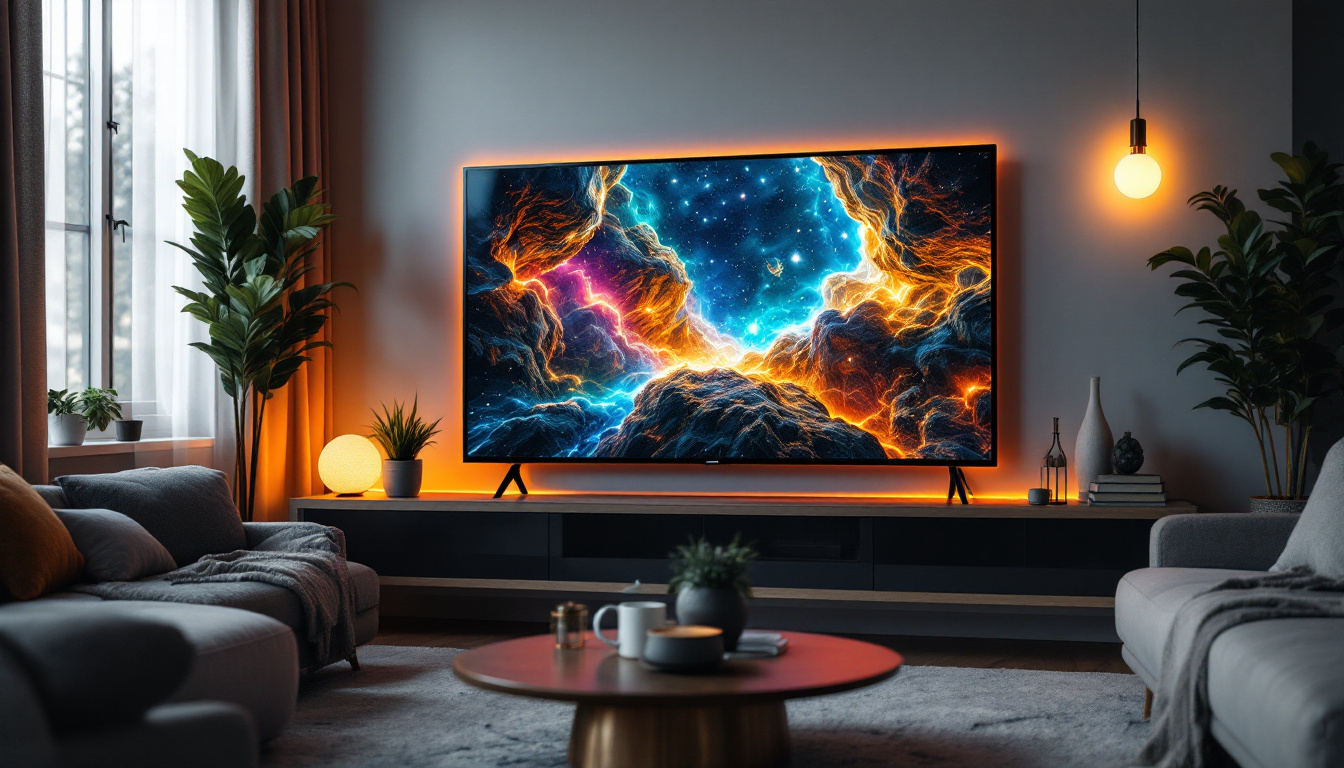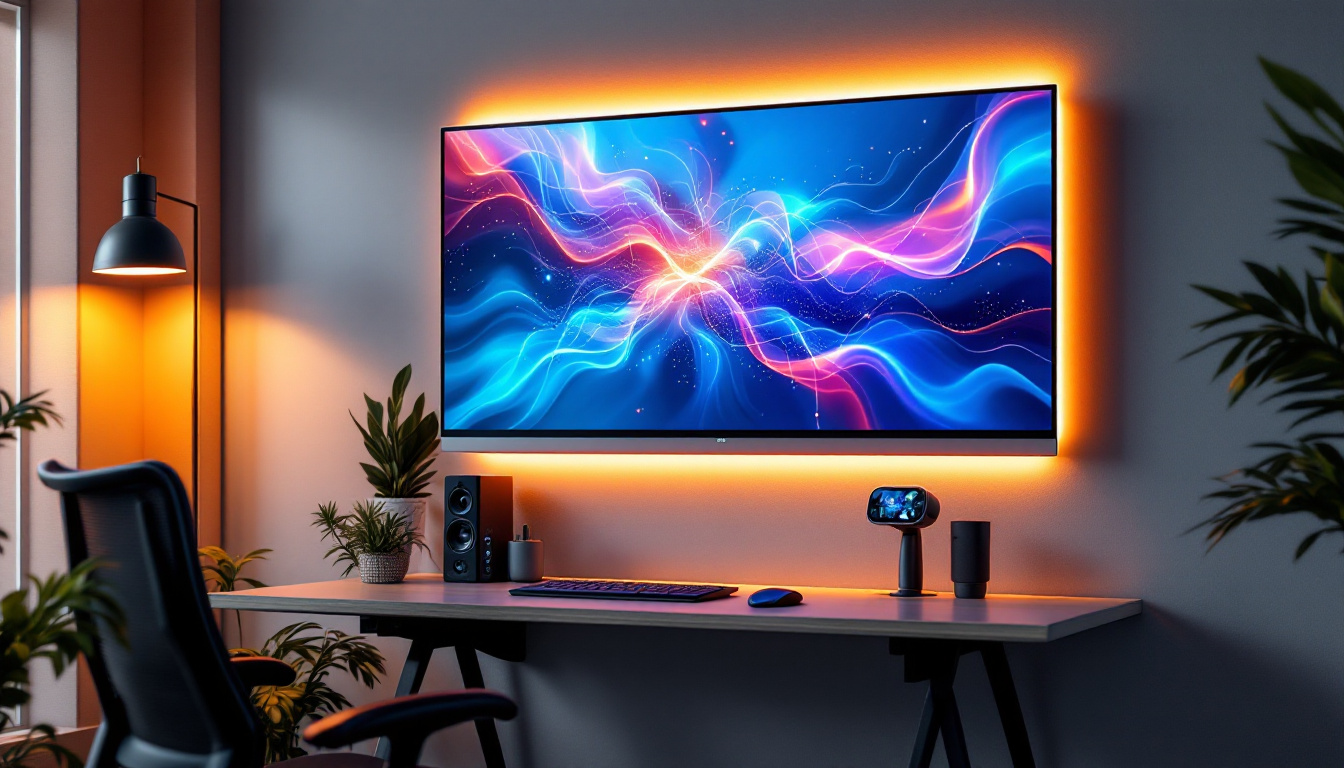In the realm of modern technology, LED displays have emerged as a cornerstone of visual communication. From advertising billboards to home televisions, these displays offer vibrant colors, energy efficiency, and versatility. However, understanding the intricacies of LED technology can be daunting. This article delves into the fundamentals of LED displays, their applications, and how Chip Planner can enhance their design and implementation.
Understanding LED Technology
Light Emitting Diodes (LEDs) are semiconductor devices that emit light when an electric current passes through them. Unlike traditional incandescent bulbs, LEDs are more energy-efficient and have a longer lifespan. This section will explore the basic principles of LED technology, its components, and how it operates.
The Basics of LED Operation
At its core, an LED consists of two types of semiconductor materials, known as p-type and n-type. When these materials are joined, they create a p-n junction. When electricity flows through this junction, electrons from the n-type material recombine with holes in the p-type material, releasing energy in the form of photons—this is the light we see.
The color of the emitted light depends on the materials used in the semiconductor. For instance, different combinations of gallium, arsenide, and phosphor can produce a wide range of colors. This versatility has made LEDs a popular choice for various applications, from indicator lights to large-scale displays.
Advantages of LED Displays
LED displays offer numerous benefits that set them apart from traditional display technologies. One significant advantage is their energy efficiency. LEDs consume significantly less power than incandescent or fluorescent lights, making them an eco-friendly option.
Additionally, LED displays provide superior brightness and contrast. They are capable of producing vibrant colors and deep blacks, making them ideal for both indoor and outdoor environments. Their durability and resistance to shock and vibration also contribute to their longevity, reducing maintenance costs over time.
Applications of LED Displays
The versatility of LED displays allows them to be utilized in a wide array of applications. From commercial advertising to artistic installations, their adaptability knows no bounds. This section will explore some of the most common applications of LED displays.
Advertising and Marketing
One of the most prominent uses of LED displays is in advertising. Digital billboards and storefront displays have revolutionized how businesses communicate with consumers. These displays can be easily updated with new content, allowing for dynamic advertising that captures attention.
Moreover, the brightness and clarity of LED displays make them highly effective in outdoor settings, where they can be viewed from a distance. This capability has led to increased engagement and higher conversion rates for businesses that utilize LED technology in their marketing strategies.
Entertainment and Events
In the entertainment industry, LED displays play a crucial role in enhancing the audience experience. Concerts, festivals, and sporting events often feature large LED screens that display live feeds, graphics, and animations. These displays create an immersive environment, allowing audiences to engage more deeply with the performance.
Furthermore, LED technology is increasingly being used in stage design and theatrical productions. The flexibility of LED panels enables creative lighting solutions that can transform a stage into various settings, enhancing storytelling and visual appeal.
Information and Signage
LED displays are also widely used for informational purposes. Transportation hubs, such as airports and train stations, utilize LED screens to provide real-time updates on schedules and arrivals. This instant access to information improves the overall experience for travelers.
Additionally, LED signage is prevalent in corporate environments, where it can be used for internal communications or as a part of wayfinding systems. The ability to customize content ensures that information remains relevant and engaging.
Chip Planner: Enhancing LED Display Design
As LED technology continues to evolve, so do the tools used to design and implement these displays. Chip Planner is a sophisticated software solution that streamlines the planning and design process for LED displays. This section will explore how Chip Planner enhances the workflow of designers and engineers.
Streamlined Design Process
Chip Planner simplifies the design process by providing a user-friendly interface that allows designers to create LED display layouts efficiently. With its intuitive drag-and-drop functionality, users can easily position LED modules, adjust spacing, and configure settings without extensive technical knowledge.
Moreover, Chip Planner offers a library of pre-designed templates and components, enabling users to kickstart their projects quickly. This feature is particularly beneficial for those working on large-scale installations, where time and precision are critical.
Real-Time Visualization
One of the standout features of Chip Planner is its real-time visualization capabilities. Designers can see how their LED displays will look in various environments, allowing them to make informed decisions about color schemes, brightness levels, and layouts. This visualization helps to mitigate potential issues before installation, saving time and resources.
Additionally, the software allows for simulation of different lighting conditions, ensuring that the final product will perform optimally in its intended setting. This level of foresight is invaluable, especially for outdoor displays that must contend with varying ambient light levels.
Integration with Other Systems
Chip Planner is designed to integrate seamlessly with other software and hardware systems, enhancing its functionality. For instance, it can connect with content management systems to facilitate the scheduling and display of dynamic content. This integration ensures that users can manage their displays efficiently and effectively.
Furthermore, Chip Planner supports various file formats, allowing users to import and export designs easily. This flexibility is crucial for collaboration among teams, as it enables multiple stakeholders to contribute to the design process without compatibility issues.
Challenges in LED Display Implementation
While LED displays offer numerous advantages, their implementation is not without challenges. Understanding these challenges is essential for successful deployment. This section will highlight some common obstacles and how they can be addressed.
Cost Considerations
The initial investment for LED displays can be substantial, particularly for large-scale installations. However, it is essential to consider the long-term savings associated with energy efficiency and reduced maintenance costs. Over time, the total cost of ownership may be lower than that of traditional display technologies.
Moreover, advancements in LED technology continue to drive down prices, making it more accessible for businesses of all sizes. Exploring financing options or leasing agreements can also help mitigate upfront costs, allowing organizations to benefit from LED displays without significant financial strain.
Technical Complexity
Designing and installing LED displays can be technically complex, requiring specialized knowledge and skills. Organizations may need to invest in training for their teams or collaborate with external experts to ensure successful implementation.
Utilizing software solutions like Chip Planner can alleviate some of this complexity by providing intuitive design tools and resources. Additionally, partnering with experienced installation teams can ensure that displays are set up correctly and function as intended.
Environmental Factors
Outdoor LED displays are particularly susceptible to environmental factors, such as weather conditions and temperature fluctuations. Ensuring that displays are adequately protected from the elements is crucial for longevity and performance.
Choosing high-quality materials and components designed for outdoor use can mitigate these risks. Furthermore, regular maintenance and inspections can help identify potential issues before they escalate, ensuring that displays remain operational and effective.
The Future of LED Displays
The future of LED displays is bright, with ongoing innovations and advancements on the horizon. As technology continues to evolve, so too will the applications and capabilities of LED displays. This section will explore some trends that are shaping the future of this technology.
Advancements in Display Technology
Emerging technologies, such as MicroLED and MiniLED, are set to revolutionize the display landscape. These technologies offer improved resolution, color accuracy, and energy efficiency, making them ideal for various applications. As these advancements become more mainstream, they will likely replace traditional LED displays in many contexts.
Additionally, the integration of artificial intelligence and machine learning into display technology will enhance content management and personalization. This capability will allow businesses to deliver tailored messaging to their audiences, improving engagement and effectiveness.
Sustainability Initiatives
As environmental concerns continue to rise, sustainability will play a significant role in the future of LED displays. Manufacturers are increasingly focusing on developing eco-friendly materials and production processes, ensuring that LED technology aligns with global sustainability goals.
Moreover, the energy efficiency of LED displays positions them as a more sustainable option compared to traditional technologies. Continued innovations in this area will further enhance their appeal to environmentally conscious consumers and businesses.
Integration with Smart Technologies
The rise of smart technologies is also influencing the future of LED displays. As the Internet of Things (IoT) expands, LED displays will increasingly be integrated into smart environments, allowing for real-time data sharing and interaction.
This integration will enable businesses to create more dynamic and responsive displays, enhancing the overall user experience. For instance, smart LED displays could adapt their content based on audience demographics or environmental conditions, providing a more personalized interaction.
Conclusion
LED displays have transformed the way information is communicated and experienced across various sectors. Their energy efficiency, versatility, and vibrant visuals make them an attractive option for businesses and organizations. As technology continues to advance, tools like Chip Planner will play a vital role in optimizing the design and implementation of LED displays.
Understanding the fundamentals of LED technology, its applications, and the challenges associated with its deployment is crucial for harnessing its full potential. With ongoing innovations and a focus on sustainability, the future of LED displays looks promising, paving the way for even more creative and impactful visual communication solutions.
Discover LumenMatrix’s Innovative LED Solutions
Ready to elevate your visual communication with the latest in LED display technology? Look no further than LumenMatrix, where innovation meets excellence. Our comprehensive range of LED display solutions, including Indoor and Outdoor LED Wall Displays, Vehicle LED Displays, LED Poster Displays, LED Sports Displays, Floor LED Displays, Custom LED Displays, All-in-One LED Displays, and LED Transparent Displays, are designed to captivate your audience and amplify your message. Experience the future of vibrant and energy-efficient visual storytelling. Check out LumenMatrix LED Display Solutions today and transform your space into a dynamic visual experience.


